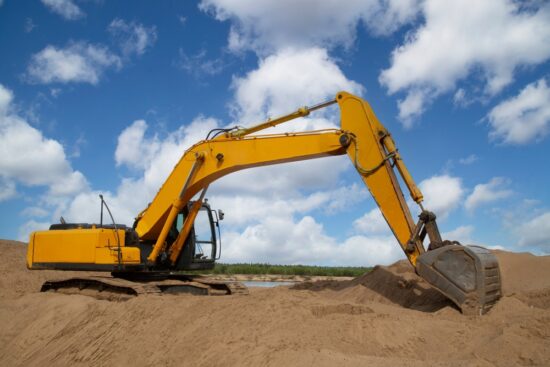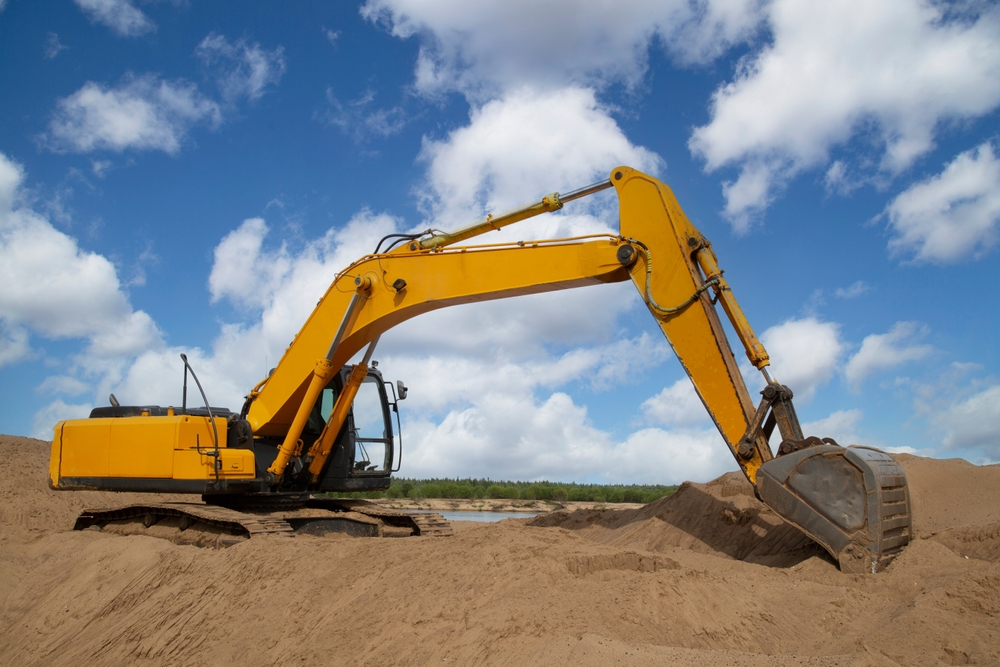
Are you thinking about buying a used excavator? That’s awesome! Excavators are crucial for any heavy equipment operation, whether you’re digging up dirt for a new project or helping out on a construction site. But before you dive in, there are a few things you should definitely consider. This guide to buying a used excavator is packed with tips and tricks to help you make an informed decision, ensuring that you get the most bang for your buck.
What Are the Key Things to Look for When Buying a Used Excavator?
What are the common signs of wear and tear?
When you buy a used excavator, the first thing to look for is any signs of wear and tear. This is super important because it could indicate how well the machine has been maintained. Look for things like dents, rust, and signs of excessive wear on the boom and stick. If you see any hydraulic leaks, that might be a red flag. Check the hydraulic cylinders and connections for any signs of fluid escaping, which could mean you’ll need to invest in expensive replacements or repairs down the line.
How to check the hydraulic system for leaks?
Inspecting the hydraulic system is crucial when you’re considering a used excavator. Start by checking the hydraulic fluid levels; low levels could indicate a leak somewhere in the system. Look closely at the hydraulic pump, hoses, and cylinders for any signs of oil or fluid leaks. If you find any, you might want to think twice about purchasing that machine. A leaking hydraulic system can lead to malfunctions and costly repairs, which could really eat into your budget.
Why is inspecting the undercarriage important?
The undercarriage of the excavator is often overlooked, but it’s one of the most vital components to inspect. For tracked excavators, this area can be a telltale sign of how the machine has been used. Look for signs of wear on the tracks, the undercarriage rollers, and the slew ring. If the undercarriage is in poor condition, it could lead to costly repairs that you’ll want to avoid. Remember, the lower the condition of the undercarriage, the more you might have to spend on maintenance later.
What Are the Benefits of Buying a Used Excavator?
How does buying used equipment save money?
One of the biggest benefits of buying a used excavator is the cost savings. New machines can be incredibly expensive, and often, a used machine can provide the same level of performance at a fraction of the price. When you buy used, you’re not just saving on the purchase price; you’re also avoiding the steep depreciation that occurs with new machines. This means that you can allocate those savings to other essential aspects of your project.
What are the advantages of purchasing an older model?
Older models often have a proven track record, and many experienced operators prefer them due to their reliability. Newer models might come with flashy features, but older models are often simpler to operate and maintain. They might also be made with sturdier materials that stand the test of time. Plus, you can often find parts for older excavators more easily, making repairs simpler and less costly.
Can used excavators hold their value over time?
Absolutely! If you take care of your used excavator, it can hold its value quite well. Regular maintenance and keeping detailed records of repairs and inspections can help ensure that your machine remains in good condition. When the time comes to sell it, having a well-documented maintenance history could make your used excavator more appealing to potential buyers, allowing you to recoup more of your initial investment.
What Inspection Tips Should I Follow When Buying an Excavator?
How to perform a thorough used excavator inspection?
When you’re ready to inspect the used excavator, make sure you have a comprehensive checklist. Start with a visual inspection, looking for any obvious damage or signs of misuse. Then, climb into the cab and check the controls and pedals to ensure everything feels smooth and responsive. Finally, operate the machine to see how it performs under load. This will give you a clearer idea of its overall condition and functionality.
What specific areas should I inspect for damage?
Be sure to inspect the bucket, boom, and stick for any cracks or welds that could indicate past damage. Check the hydraulic lines for any wear or fraying, and look at the engine and transmission for any leaks or signs of neglect. The more areas you inspect, the better idea you’ll have of the excavator’s overall health. Don’t forget to check the attachment points; these are crucial for ensuring that your attachments fit securely and operate smoothly.
How to evaluate the overall condition of the machine?
Evaluating the overall condition of the excavator involves a combination of visual inspections and operational checks. Pay attention to how the machine sounds and feels when you operate it. Is it smooth, or does it make any unusual noises? Look for any warning lights on the dashboard that could indicate an issue. And remember, if something feels off, trust your instincts. It’s better to walk away than to end up with a used machine that could cause headaches down the line.
What Are the 4 Tips for Buying a Used Excavator?
What documents should I request from the seller?
When you’re in the process of purchasing a used excavator, be sure to ask the seller for all relevant documents. This includes maintenance records, service histories, and any manuals that come with the machine. These documents can provide important information about the excavator’s past usage and maintenance, helping you make a more informed decision.
How to verify the excavator’s history and usage?
It’s crucial to verify the history and usage of the excavator before making a purchase. Ask the seller about how the machine was used—was it primarily for light landscaping work or heavy-duty construction? Additionally, consider running a background check on the machine’s serial number. This can reveal any past accidents, title issues, or significant repairs, giving you a clearer picture of what you’re getting into.
Why is it important to test the machine before purchase?
Testing the machine before you buy it is an absolute must. You wouldn’t buy a car without taking it for a spin, right? The same goes for excavators. By operating the machine, you can get a firsthand feel for its performance. Listen for any weird sounds, check for responsive controls, and look for any hydraulic issues. This test drive can save you from making a costly mistake.
How to Choose the Right Excavator Attachments?
What types of attachments are commonly available?
When it comes to excavators, attachments are where the real versatility comes into play. Common attachments include buckets of various sizes, hydraulic hammers, and grapples, each designed for specific tasks. Depending on your project needs, you may want to consider a mini excavator for smaller jobs or a wheeled excavator for better mobility. Make sure to assess what you’ll be doing with the excavator so you can choose the right attachments to match.
How do attachments affect the functionality of the excavator?
Attachments can significantly enhance the functionality of your excavator. For instance, a digging bucket is great for excavation and trenching, while a hydraulic hammer can tackle tougher materials like rock. By choosing the right attachments, you can turn your used excavator into a multi-functional powerhouse, capable of performing various tasks. Just be sure that any attachments you choose are compatible with your machine!
What to consider when selecting a bucket or other attachments?
When selecting a bucket or other attachments, consider the type of work you’ll be doing. Bucket size matters; a larger bucket can move more material but may be heavier and harder to handle. Also, check the attachment’s connection point to ensure it fits securely with your excavator. Think about the terrain and the specific tasks you’ll be tackling. The right attachments can make all the difference in your project’s efficiency and effectiveness.

